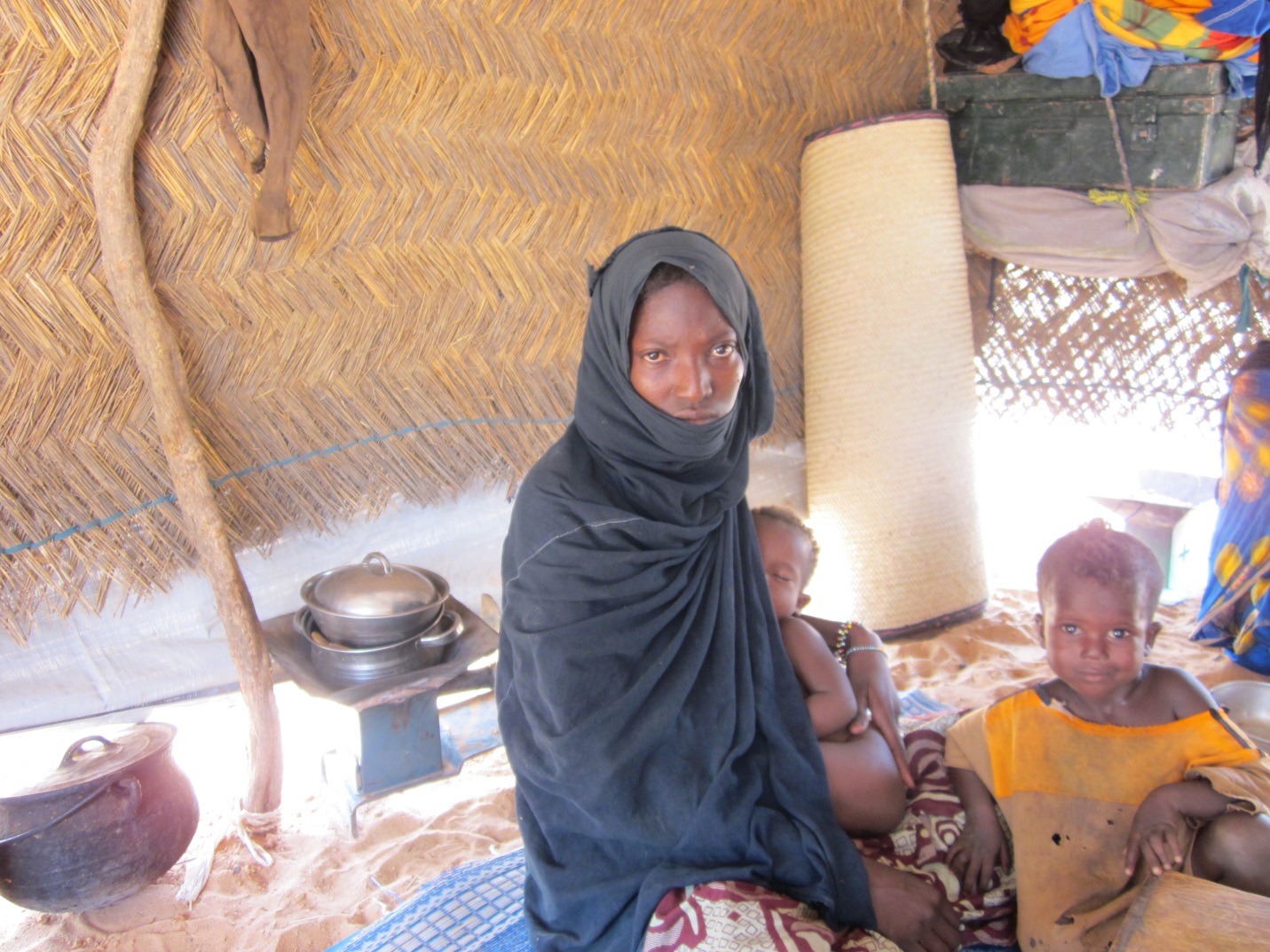Bringing Climate Displacement to the Fore

Representatives of close to two hundred governments are meeting in Paris over the next two weeks to hammer out an agreement on climate change. Global leaders are attempting to strike a deal that will reduce global carbon emissions and limit global warming to 2 °C by the end of the century. With growing evidence not only that climate change is happening, but also that the 2 °C may not be enough to avert climate change’s worst impacts, the stakes could not be higher.
We are the first generation to feel the impact of climate change and the last generation that can do something about it.
President Obama
What is the relationship between climate change and human displacement?
As President Obama said yesterday morning at the opening of the Paris talks, “we are the first generation to feel the impact of climate change and the last generation that can do something about it.”
There is no way to “feel the impact of climate change” more than through losing your home, livelihood, traditional way of life, or even your country’s territory.
Climate change drives displacement and migration in three ways. First, weather-related disasters such as floods and storms displace millions of people each year. In 2014, 17.5 million people were displaced by weather-related disasters. These numbers are anticipated to increase in the coming decades as climate change leads to more frequent and extreme weather-related disasters.
More gradual changes linked to climate change – such as decreased or irregular rainfall patterns and growing desertification – will have dramatic impacts on livelihoods and increasingly undermine the ability of the most vulnerable populations to survive. This year, a strong El Niño is causing serious implications for food security.
With limited means to cope with climate change’s worst effects, the world’s most vulnerable populations are bearing the brunt of climate change.
Finally, increased storm surges, salt water inundation of fresh water, and sea level rise will submerge coastal areas (where 50 percent of world’s population lives) and even submerge low-lying island nation atolls leading to permanent displacement.
With limited means to cope with climate change’s worst effects, the world’s most vulnerable populations are bearing the brunt of climate change. Eighty percent of hungry people live in disaster-prone and degraded areas. With almost 175 million people displaced since 2008 – 95 per cent of those displaced globally – developing countries are always the worst affected by natural disasters.
Climate change can also contribute to social and political tensions and potentially drive conflict. Research suggests that extreme drought in the Fertile Crescent from 2007 to 2010 is likely to have contributed to the Syrian crisis. We need to work now to prevent future humanitarian disasters that will lead to further impoverishment and conflict.
How can displacement and migration be addressed in the Paris Climate Agreement?
It is crucial that the Paris agreement recognizes climate change’s impact on displacement and migration. The Paris Agreement should empower affected populations by managing the full range of societal impacts of climate change, recommending preventive methods to avoid displacement, and encouraging states to develop national adaptation plans that address the impacts of climate change on displacement and migration. States should increase the resiliency of vulnerable populations to enable them to stay in place or be supported if they relocate, with a particular focus on human safety and livelihoods.

What is RI doing to address the issue?
RI’s field missions continue to provide an on-the-ground perspective from people of the front lines of climate change. RI amplifies the voices of communities and individuals who are already confronting life-altering events directly related to climate change. We have witnessed the devastating consequences of Typhoon Haiyan in the Philippines, the impacts of drought in the Sahel, and the prolonged destruction of flooding in Myanmar.
For example, we recently traveled to Myanmar to see first-hand the impacts of unprecedented flooding that displaced over a million people. RI spoke to dozens of communities who lost their homes and farms in the floods, and who are now dependent on humanitarian aid. As one man told us, “We didn’t have time to take anything with us. The water came up very fast without warning. We’ve had floods before, but never like this.” As natural disasters become more devastating and frequent, national governments must support affected populations to recover their homes and livelihoods, and to adapt to future climate-related shocks through adaptation and resilience building programs.
RI also contributes to joint advocacy efforts and initiatives to address the legal, policy, and operational gaps in the protection of people uprooted by weather-related disasters and other climate change-related effects. RI is a member of the Advisory Board on Human Mobility in the Context of Climate Change which has contributed recommendations for the Paris Agreement. RI is also a member of the Advisory Group to the Nansen Initiative, an initiative led by the Norwegian and Swiss governments that aims to build consensus among countries about how best to address cross-border displacement in the context of sudden- and slow-onset disasters. We are hopeful that the Paris Agreement will move countries to proactively address the impacts of climate change on displacement.